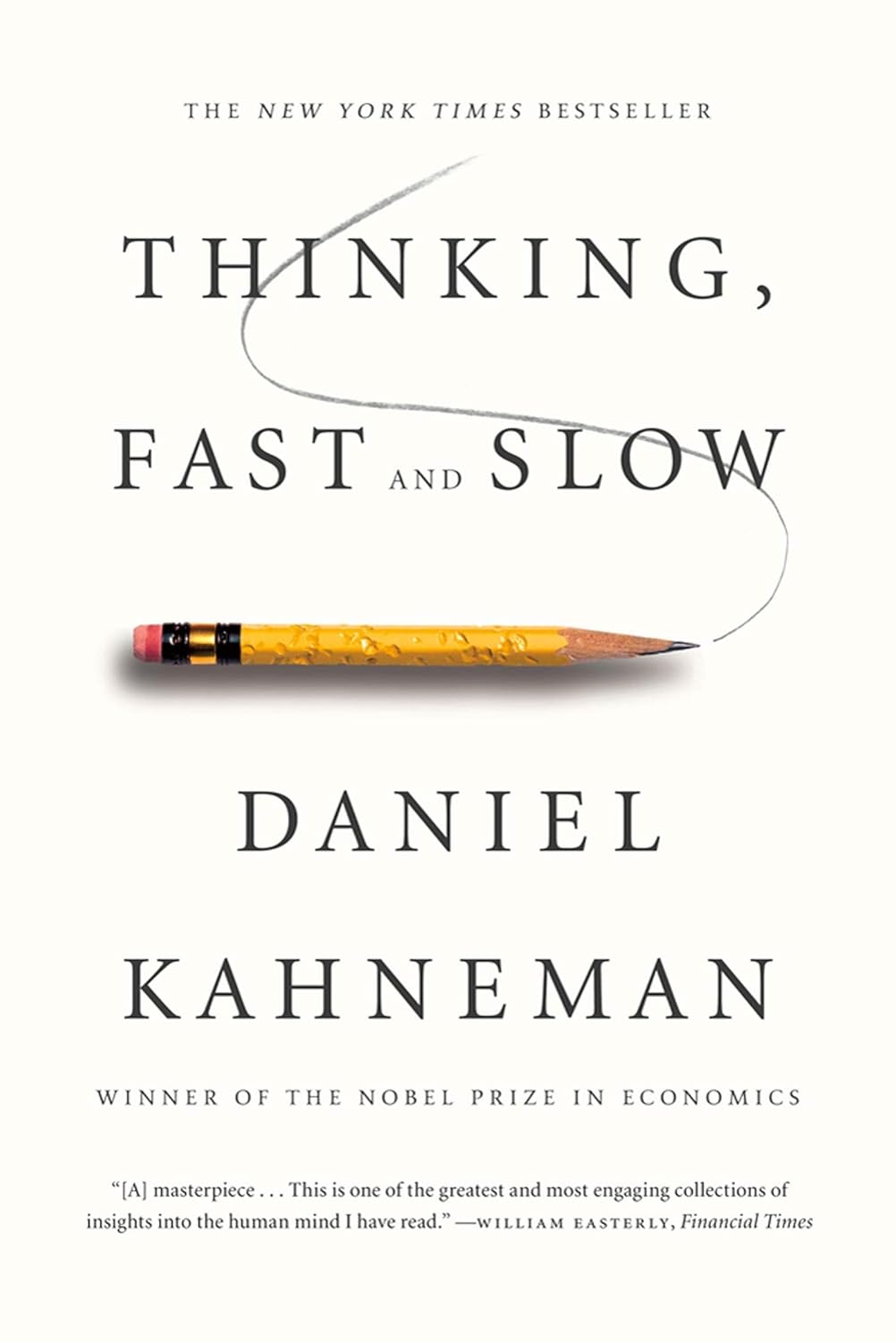Paul Dalton’s Story: Love That Transcends Loss
Discover '' in Paul Dalton’s story—a heartwarming tale of love that persists even in the face of loss.

Introduction
Have you ever wondered if true love can outlast even the deepest heartbreak? That kind of love we read about in books, the kind we think only exists in movies? Well, Paul Dalton stories is a proof that it does. It's a story of deep affection, unbearable loss, and the quiet strength that carries someone forward. Paul’s journey reminds us that love doesn't vanish with death—it transforms, endures, and continues to shape our lives.
The Beginning of Paul and Emily
Paul met Emily in a small coffee shop in Oregon. It wasn’t a grand meeting—no fireworks or dramatic coincidences. Just two people, sharing the same favorite spot and eventually the same table. They started with casual hellos, then conversations, and soon, long walks that ended with laughter under starlit skies.
It was simple, beautiful, and honest. Paul often said, “Emily felt like home, even when we were far from it.”
A Love Story Built on Simplicity
Paul and Emily's love story wasn’t built on extravagant dates or picture-perfect moments. Instead, it thrived on shared silence, silly inside jokes, and grocery shopping together on lazy Sunday mornings. Like two puzzle pieces meant to fit, they complemented each other in ways words could never quite capture.
Their relationship was like a favorite old sweater—comfortable, reliable, and wrapped in warmth.
Life’s Unexpected Turn
Just when things seemed perfect, life threw them a curveball. Emily was diagnosed with an aggressive form of cancer. The doctors were honest—it wasn’t curable, only manageable. And just like that, the future they had planned unraveled.
Paul remembers sitting beside her hospital bed thinking, “How do I prepare to lose the one person I can’t imagine life without?”
Coping With the Loss
When Emily passed, it felt like the world stopped spinning for Paul. The silence in their shared apartment was unbearable. Every corner held a memory—her favorite coffee mug, the worn-out armchair she loved, the book she never finished. Grief, as Paul described it, was like walking through fog—unable to see the road ahead but forced to keep moving.
He found solace in journaling, writing letters to Emily as if she could still read them. “Dear Em,” each entry began, “Today was hard…”
The Power of Memory
Even though Emily was gone, her presence remained. Paul often heard her laughter in the breeze or caught a glimpse of her in dreams. He realized something profound: love doesn’t end; it echoes.
Memories became his lifeline. They weren’t just bittersweet reminders of what he lost—they were fuel for the life he still had to live.
Love After Goodbye
People often ask, “Can you love someone who’s gone?” Paul’s answer is simple: “Every day.”
He didn’t stop loving Emily. That love just changed form. It became the reason he volunteered at the cancer center where she was treated. It became the warmth he shared with strangers going through grief. Love, in Paul’s world, wasn’t tethered to time—it transcended it.
Finding Purpose Through Grief
Instead of letting grief consume him, Paul let it transform him. He started a small support group for widowers called “Afterglow,” offering a space for men to grieve without judgment. It grew quickly, not because Paul advertised it, but because he understood pain in a way only someone who’s lived through it could.
Helping others gave him purpose. And in helping them, he helped himself.
A Message That Changed Everything
One year after Emily’s passing, Paul received a letter she had written before she died. It had been left with her best friend, to be delivered when he was “ready.” In it, Emily wrote:
“Don’t just survive for me, Paul. Live. Go love the world the way you loved me.”
That message became his mantra. Those words pushed him to start painting again, to travel, to laugh without guilt. It was her final gift.
Holding On and Letting Go
Paul learned that healing doesn’t mean forgetting. It means learning to carry the love without being crushed by the loss. He still celebrates Emily’s birthday with her favorite meal and donates to her favorite charity each year.
Letting go, he discovered, doesn’t mean moving on. It means moving forward—with her memory lighting the way.
Paul’s Journey to Healing
Healing wasn’t a straight line. There were days Paul couldn’t get out of bed. And that’s okay. Grief doesn’t follow a schedule.
But over time, the good days started to outnumber the bad ones. He began smiling more, meeting new people, even falling in love again—not to replace Emily, but to continue living fully, as she wanted him to.
Emily’s Legacy in Paul’s Life
Emily left more than memories; she left values. Kindness, resilience, hope. Paul keeps her alive by embodying those qualities. He tells their story not to dwell in sorrow, but to show what love can survive.
Every action Paul takes in her name adds a chapter to her story.
Community, Compassion, and Connection
Through his grief journey, Paul built a community. Strangers became friends. Their shared pain turned into shared strength. Through Afterglow, he created a network of compassion that now spans states.
His story proves that pain can unite, and love can rebuild what loss tries to destroy.
Lessons From Paul’s Story
What can we learn from Paul? That:
-
Grief is not weakness—it’s proof of deep love.
-
Memories are bridges, not walls.
-
Love doesn’t end; it evolves.
-
Purpose is the path out of pain.
His journey offers hope to anyone standing at the edge of despair.
Why Paul’s Story Matters Today
In a world often obsessed with moving on quickly, Paul’s story reminds us that it’s okay to hurt, to remember, and to love someone forever. His resilience speaks to anyone who's ever lost and feared they’d never be whole again.
It shows that we are not alone—and that healing is always possible.
Conclusion
Paul Dalton’s story isn’t just about loss—it’s about what comes after. It’s about continuing to love, even when the person is gone. It’s about finding strength in sorrow and choosing purpose over pain.
His story reminds us that love, real love, never dies. It just changes how it shows up in our lives.
FAQs
1. Who was Paul Dalton’s partner?
Paul Dalton was deeply in love with Emily, a kind, creative woman who passed away due to cancer.
2. How did Paul cope with his grief?
Paul coped by writing, creating a support group called “Afterglow,” and living by Emily’s final message to “Live.”
3. Did Paul find love again?
Yes, Paul eventually opened his heart again, not to replace Emily but to continue the journey of love and life.
4. What is “Afterglow”?
“Afterglow” is a support group Paul started for widowers, offering emotional support and community during grief.
5. What is the main message of Paul’s story?
The main message is that true love transcends loss and can become a powerful force for healing, growth, and connection.












































































































![Building A Digital PR Strategy: 10 Essential Steps for Beginners [With Examples]](https://buzzsumo.com/wp-content/uploads/2023/09/Building-A-Digital-PR-Strategy-10-Essential-Steps-for-Beginners-With-Examples-bblog-masthead.jpg)




















































